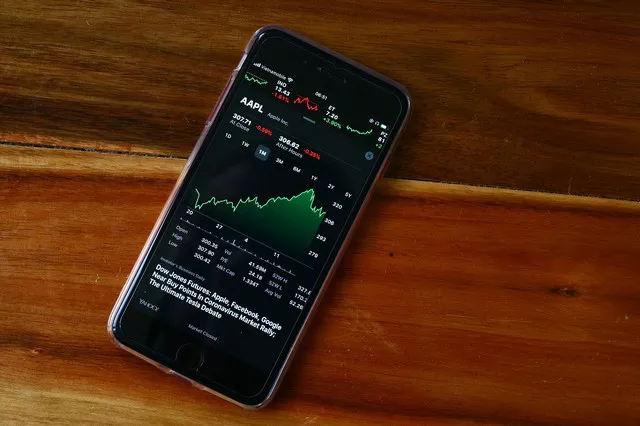In the realm of financial markets, where every transaction involves a cost, the allure of “free” trading can be enticing. However, for those delving into the world of futures and derivatives trading, such as on the CME Group platform, understanding the intricacies of fees and costs is paramount. This article delves into CME Group’s business model, unveils its fee structure, debunks the myth of free trading, and explores alternatives for cost-conscious traders.
CME Group’s Business Model
CME Group stands as one of the world’s largest and most diverse derivatives marketplace, handling a vast array of financial products, including futures and options contracts. But is CME Group free? The simple answer is no. CME Group operates as a for-profit entity, providing a platform for trading various financial instruments. Unlike some online brokers or trading platforms that may offer free basic services, CME Group’s core business revolves around facilitating and profiting from market activity.
CME Group’s Fees
Understanding the costs associated with trading on CME Group requires a detailed examination of its fee structure. Here’s a breakdown:
Transaction Fees: These fees are levied for executing trades and can vary based on the instrument traded, its size, and the volume of transactions. CME Group caters to different customer segments, including retail, institutional, and high-frequency traders, each with its own fee structure.
For instance, a retail trader might pay a few dollars per contract for a futures trade, while an institutional trader might pay a fraction of a cent per contract. These fees are integral to CME Group’s revenue stream and are a fundamental aspect of the cost of trading on the platform.
Data Fees: Real-time market data is crucial for making informed trading decisions. CME Group offers extensive market data, but accessing it comes at a cost. Fees vary depending on the type and quantity of data subscribed to. The platform operates on a tiered pricing structure, where higher volumes of data consumption result in lower per-unit costs.
See Also: Is CME Group the Owner of S&p?
Clearing Fees: Every trade executed on CME Group needs to be cleared and settled through a clearinghouse to ensure the financial integrity of transactions. Clearinghouses charge fees for their services, which are ultimately passed on to traders. These fees typically constitute a small percentage of the trade value, ensuring a smooth and secure settlement process.
Membership Fees: While not directly relevant to retail traders, accessing CME Group’s exchanges often requires membership, which comes at a cost. Membership fees may vary depending on the exchange and the level of access required. Institutional traders and brokers often hold memberships to facilitate trading on the platform.
Free CME Group’s Trading is a Myth
The core message to convey is that CME Group does not offer free trading. While some platforms might provide free basic services or simulations, CME Group’s business model is built around generating revenue through fees. The costs associated with trading on CME Group are reflective of the services and infrastructure provided by the platform.
Alternatives for Cost-Conscious Traders
While CME Group stands as a leading platform for derivatives trading, it’s essential to recognize that it’s not the only option available. For traders seeking cost efficiency, exploring alternatives can be beneficial:
Simulated Trading Platforms: These platforms offer a free environment to learn and practice trading without risking real capital. Although not actual trading, they provide valuable experience and insight into market mechanics.
Discount Brokers: Some online brokers offer lower trading commissions compared to traditional brokerages, which can be advantageous for traders seeking cost efficiency.
Exchange-Traded Funds (ETFs): ETFs that track futures indices can provide an alternative for investors who want exposure to futures markets without directly trading futures contracts.
Conclusion
In conclusion, the answer to the question “Is CME Group free?” is a resounding “no.” CME Group operates as a for-profit company, and the cost of accessing and trading on its platform is reflected in various fees associated with transactions, data, clearing, and memberships.
For those seeking free or low-cost trading options, exploring simulated platforms, discount brokers, or alternative financial instruments like ETFs can be viable alternatives. While CME Group’s fee structure might appear complex, understanding these costs is crucial for making informed trading decisions and managing trading expenses effectively.


